Six best holiday destinations in Spain to visit in 2023
From Madrid to Mallorca, Spain is blessed with dozens of amazing destinations for sun, sea and sights
Your support helps us to tell the story
From reproductive rights to climate change to Big Tech, The Independent is on the ground when the story is developing. Whether it's investigating the financials of Elon Musk's pro-Trump PAC or producing our latest documentary, 'The A Word', which shines a light on the American women fighting for reproductive rights, we know how important it is to parse out the facts from the messaging.
At such a critical moment in US history, we need reporters on the ground. Your donation allows us to keep sending journalists to speak to both sides of the story.
The Independent is trusted by Americans across the entire political spectrum. And unlike many other quality news outlets, we choose not to lock Americans out of our reporting and analysis with paywalls. We believe quality journalism should be available to everyone, paid for by those who can afford it.
Your support makes all the difference.With over 8,000km of coastline and dozens of sprawling cities and scenic towns, Spain has long been a favourite destination for Brits looking for everything from sunshine and warmer temperatures to medieval architecture and Mediterranean cuisine.
With 48 Unesco World Heritage Sites (the third most in the world), world famous festivals and the Guinness World Record for the highest number of Blue Flag beaches in the world, Spain is an attractive proposition for holidaymakers the world over.
The Iberian country welcomed over 100 million international visitors in 2022; Brits made up over 15 million of these.
Beach resorts such as Benidorm, Mallorca and Malaga have long been sun-seeker favourites, although cities such as Seville are becoming increasingly popular destinations.
We’ve rounded up some of the country’s best holiday destinations along with all the details you need to plan the perfect Spanish getaway.
Madrid
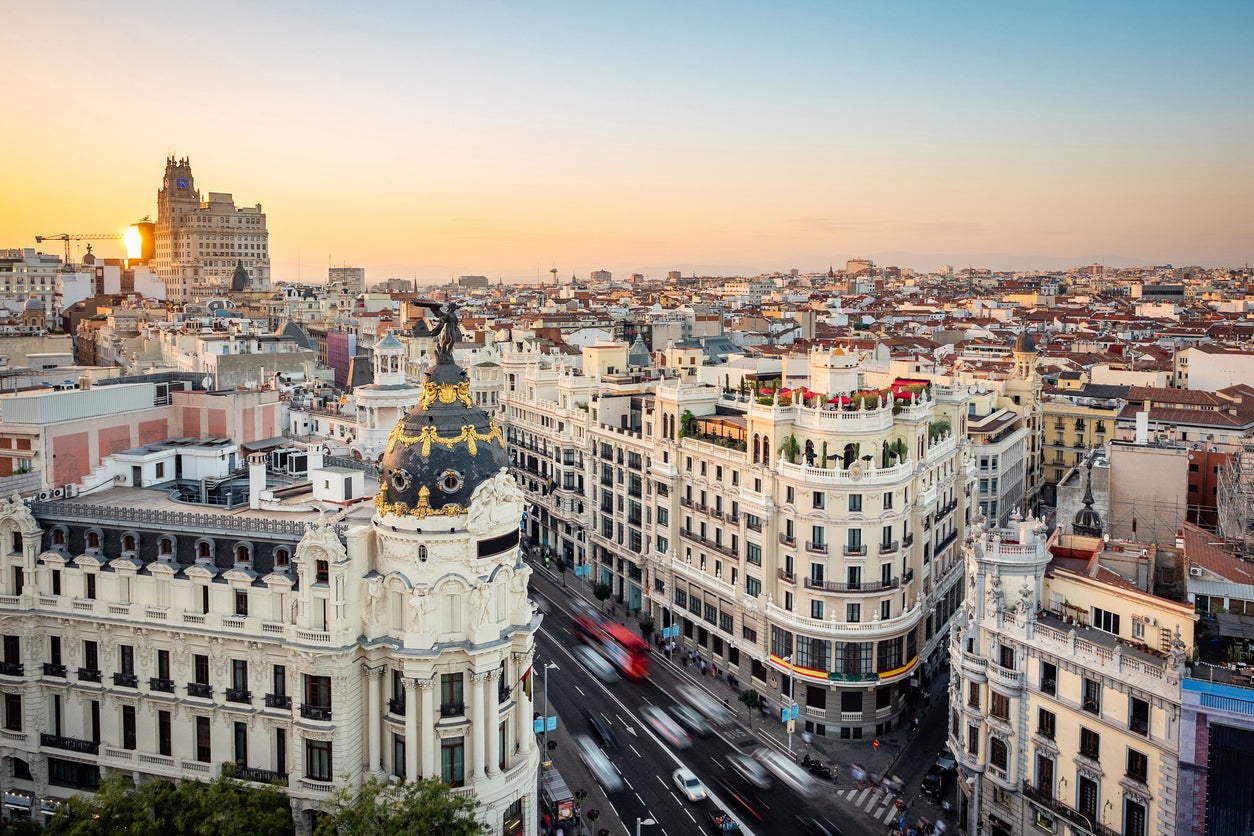
While Spain’s capital is sometimes overlooked by tourists in search of a weekend break, it possesses much of the same attraction that has made other Spanish cities so popular.
With the almost mile-long shopping street – Gran Via – at its centre, visitors can branch out from here to visit either of its most famous plazas (Puerta del Sol or the 16th century Plaza Mayor), the Royal Palace or the impressive Retiro Park. Major galleries such as the Reina Sofia and the Prado house the works of artists including Picasso and Goya, while foodies may want to head to the Mercado de San Miguel (a glass-fronted indoor food market) or the Sobrino de Botín restaurant (listed by Guinness World Records as the oldest restaurant in the world in continuous operation).
Outside of the centre, some of the city’s other districts are deserving of an afternoon spent sipping coffees or window shopping. Chueca and La Latina are best for the former (as well as evening drinks), while Malasaña provides independent shops and cafés that are perfect for a slow afternoon.
Best time to go for good weather
For bearable temperatures and less rain, visit in April, May or September, where temperatures average around 19C, 24C and 27C respectively. While you may see some rain during these times, it is far less frequent (or heavy) than in the UK.
Best time to go for cheap prices
The cheapest time to visit is between September and November, when the school term begins and temperatures begin to fall. Flights from London can be picked up for as little as £28 each way on both easyJet and Ryanair.
Best time to go to avoid the crowds
If you want to avoid other tourists (and there can be a lot of them), visit in late September to the end of October.
Barcelona
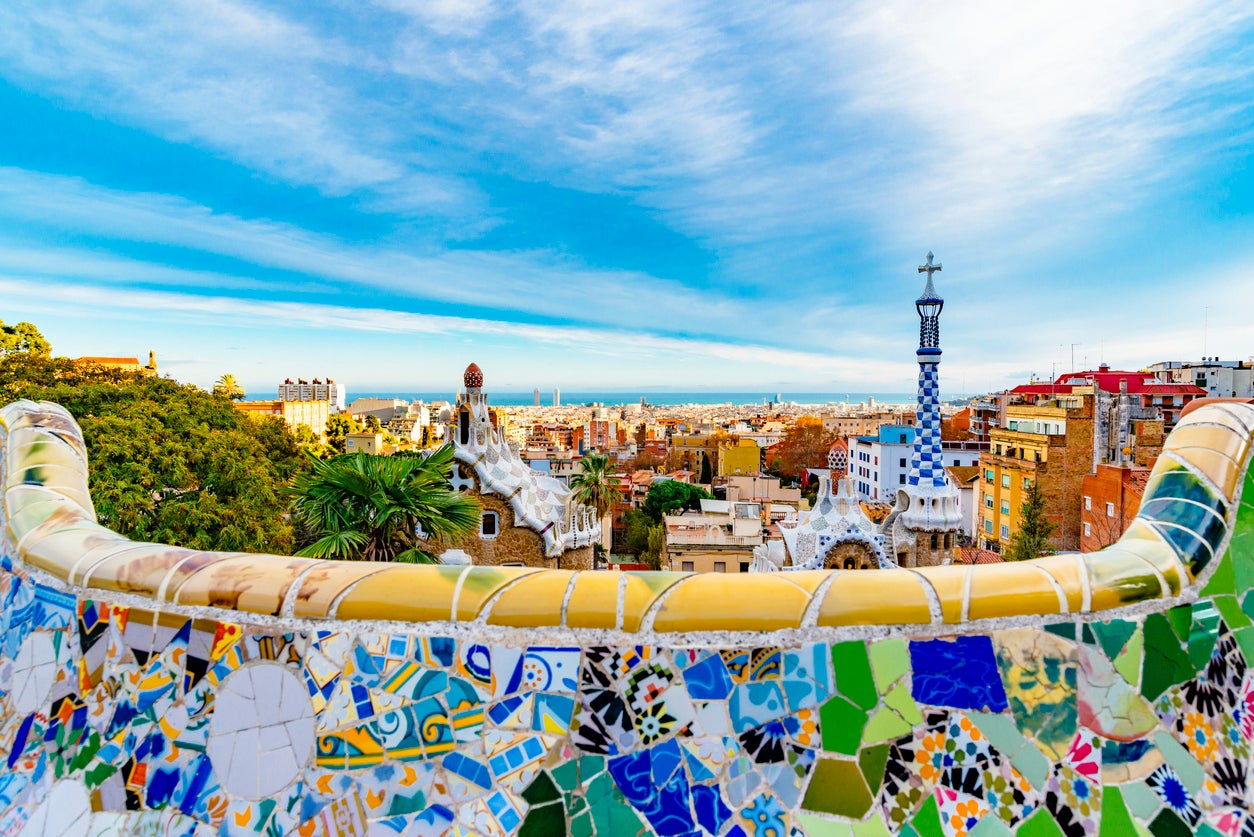
Barcelona’s Catalan identity has fused with Spanish influences to give the city a distinctly cosmopolitan feel. La Rambla often steals the headlines; although it’s worth a quick visit, the Paseo de Gracia is a far more elegant street to walk down (though prices do reflect this) and contains Casa Batllo and La Pedrera, two of Gaudí’s most famous buildings.
You’ll likely read about the barrios (neighbourhoods) of El Born, Eixample and the Gothic Quarter. Here, the streets contain a plethora of local bars, restaurants and cafés serving anything from tapas to vegan brunches. For the most authentic local experience, head to Carrer de Blai to find dozens of restaurants serving pintxos (a Basque take on tapas) for €1 each.
Outide of these, make sure to visit Sagrada Familia and Barceloneta. The former is the district containing Gaudí’s as-yet unfinished cathedral, the city’s must-see attraction; Barceloneta is the beach area, where miles of golden sand meet dozens of stylish beach bars and restaurants.
Best time to go for good weather
May, June and September are the best months weather-wise, when temperatures remain high (averages between 22C and 25C) while rainfall stays low.
Best time to go for cheap prices
Mid-September onwards is the cheapest time to visit the city. Flights from London can be bought for as little as £23 each way (Ryanair).
Best time to go to avoid the crowds
With 27 million tourist visits per year, it pays to visit the city out of peak season. Barcelona is less busy between March and April or September and October.
Valencia
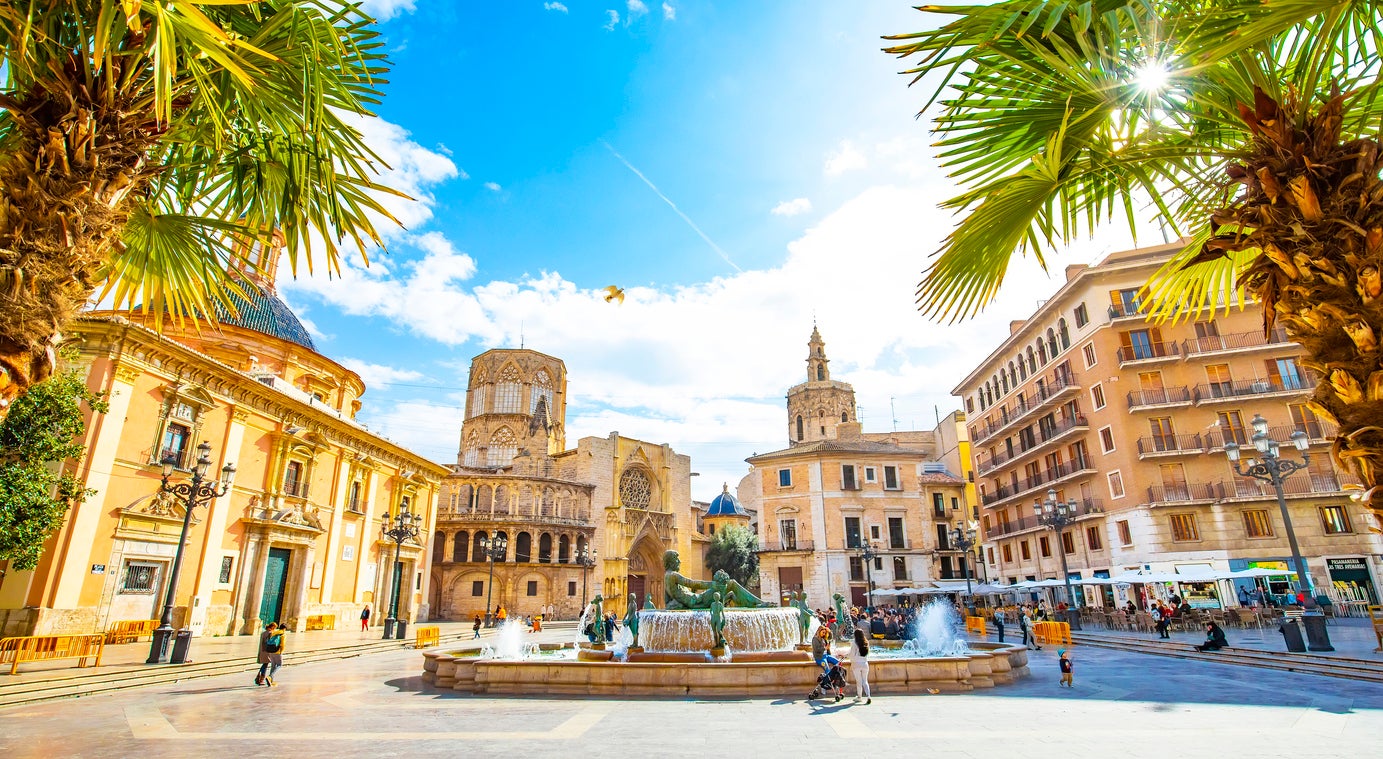
Spain’s third city enjoys a pleasant level of tourism, meaning that many of its best areas remain enjoyably crowd-free. Plaza del Ayuntamiento (Town Hall) is the city’s heart, with an easy walking route to the other main plazas and cathedral; navigating the city centre is both easy and quick.
Continue north to enter El Carmen, a neighbourhood full of independent cafés, shops and excellent restaurants. Alternatively, head south to Russafa, a lively neighbourhood that is popular with young people. It offers the same level of quality as Carmen but with a more relaxed atmosphere.
Other attractions include the City of Arts and Sciences, Europe’s largest fresh produce market (El Mercat) and the beaches at Malvarrosa and Patacona.
Best time to go for good weather
June and September are again the best months to visit for good weather, with average temperatures around 27C and almost no days of rain.
Best time to go for cheap prices
September is the cheapest month, with Ryanair offering flights for as little as £19.99.
Best time to go to avoid the crowds
November is the quietest month, but is still worth a visit due to temperatures staying around 17C.
Read more on Europe travel:
Picos de Europa
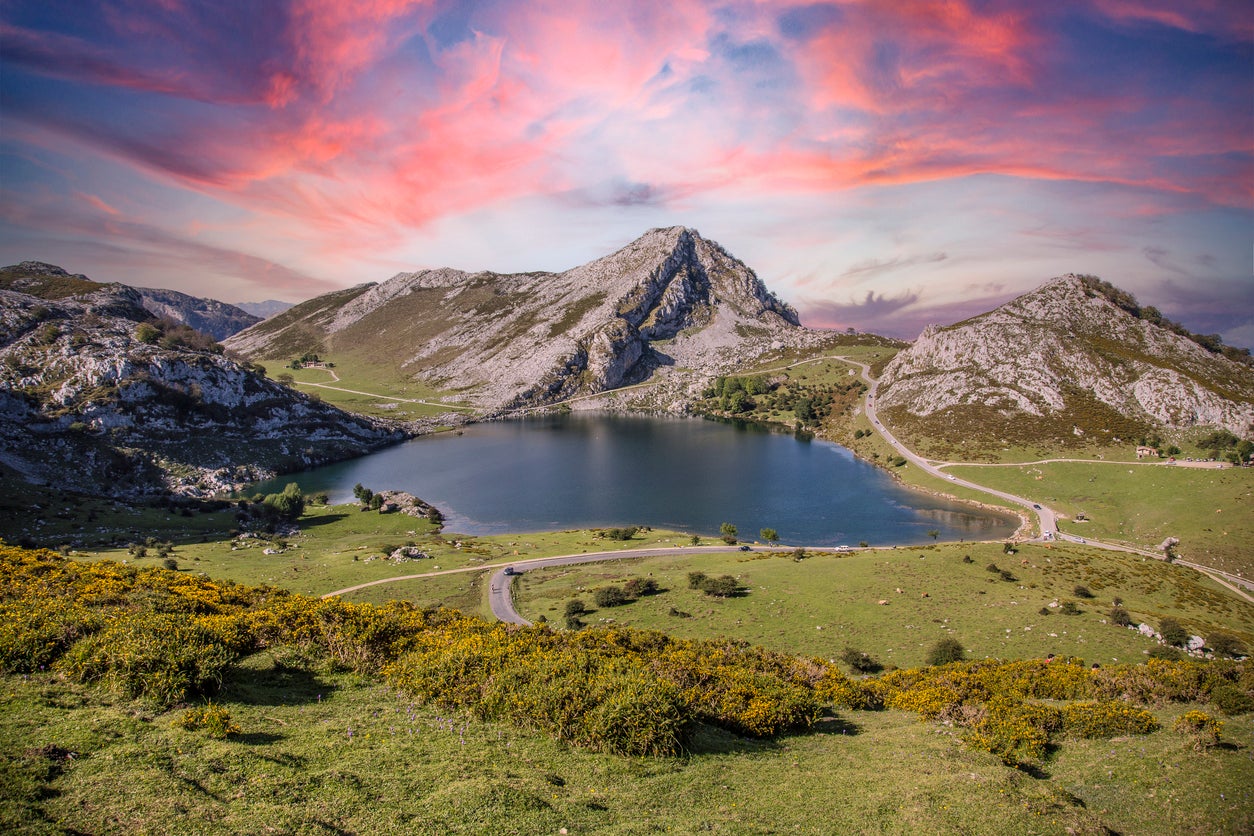
Spread across three regions (Cantabria, Asturias and León) and 11 villages, the Picos de Europa National Park is named after the 20km mountain range that runs though it. Far less known (internationally, anyway) than Spanish cities and coastal areas, this area of northern Spain is best reached through initial travel to Bilbao or Santander.
Popular with campers, the only inhabited natural reserve in the country offers everything from quaint villages to beautiful lakes and a variety of wildlife, including brown bears and Iberian wolves. Be sure to visit the Lakes of Covadonga (pictured above), while the towns of Potes and Cangas de Onis offer an authentic experience of the Spanish countryside.
Best time to go for good weather
July and August are the driest and warmest months, with temperatures around 25C.
Best time to go for cheap prices
The cheapest time to visit is in May, where flights to nearby airports (such as Bilbao) are available for as little as £22. At this point in the year, accommodation is also very affordable.
Best time to go to avoid the crowds
May and September are the best times to visit, as they are either side of high season for Spanish tourists and campers.
San Sebastian
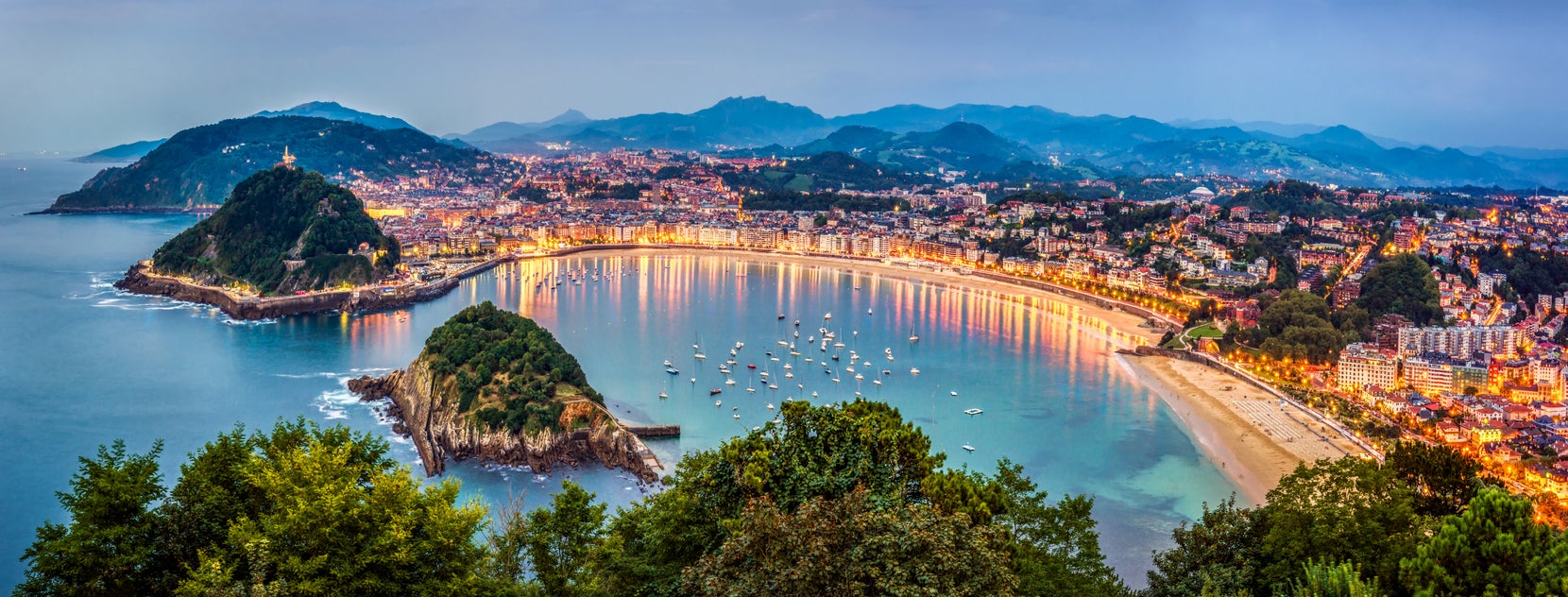
A beachfront city that was popular with Spanish royalty in the 19th and 20th centuries, San Sebastian (known as Donostia in Basque) stands out as Spain’s true foodie capital. The city boasts the most Michelin-starred restaurants per capita of any city in Europe (and the second most in the world after Kyoto), but its real standout is the extensive network of pintxo bars within the streets of its Old Town. Serving small bites consisting of fish, meat or cheese on top of baguette bread, these are a smaller, more affordable Basque twist on tapas.
Away from the town, head to La Concha beach (the city’s main one) for relaxation and surfing, or Palacio Miramar for an opportunity to experience a royal residence. If you have more time, a quick trip to neighbouring Bilbao is both easy and worthwhile for the Guggenheim alone.
Best time to go for good weather
August brings average temperatures of 25C and the least rainy days, although rain is far more common here than in other Spanish cities.
Best time to go for cheap prices
Direct flights are currently not available from the UK, but the drive from Bilbao airport is around an hour. May and September are the cheapest times to fly, although hotels will likely be cheapest when the weather turns (around late October to November).
Best time to go to avoid the crowds
While the crowds dissipate in the winter months, for a happy medium visit in mid-September, when most of the tourists are gone but good weather remains.
Read more: Best winter sun destinations in Spain
Mallorca
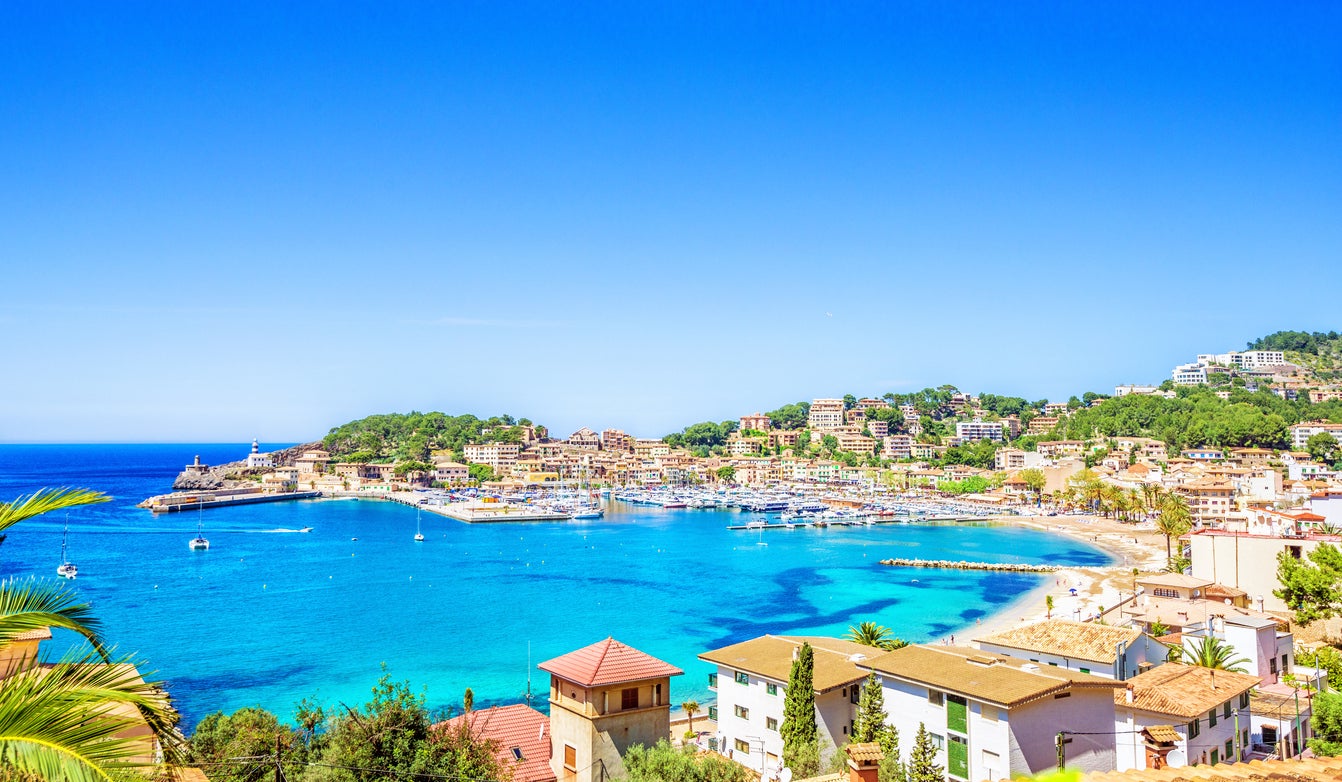
A long-time British favourite, thousands of Brits visit the Balearic Island of Mallorca to see its picturesque towns, beaches and bays. Palma, the Balearic capital, hosts an eclectic mixture of Gothic and Art Nouveau architecture, but the island’s real selling point is its sandy beaches lapped by bright turquoise sea.
Towns such as Pollença, Soller and Andraxt (and their respective separate-yet-nearby ports) have been largely unspoilt by mass tourism and offer both stunning architecture in their respective old towns and amazing views of the water.
Visitors are also spoilt for choice for beaches and coves. Playa de Alcudia, Cala Varques and Es Trenc are among some of the best.
Best time to go for good weather
July and August are the hottest months. June and September are slightly cooler (with average highs of 28C) and have a similarly low amount of rainfall and high number of sunshine hours.
Best time to go for cheap prices
The winter months remain expensive as Brits look to get away from the cols and wet. Late August and early October are the cheapest times to visit, with prices starting as low as £28 each way on easyJet.
Best time to go to avoid the crowds
Similarly, late August and October are the best times to visit to avoid domestic tourists and families on school holidays.
Read more of our reviews of the best Spanish hotels


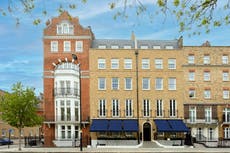

Join our commenting forum
Join thought-provoking conversations, follow other Independent readers and see their replies
Comments